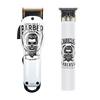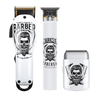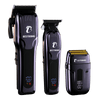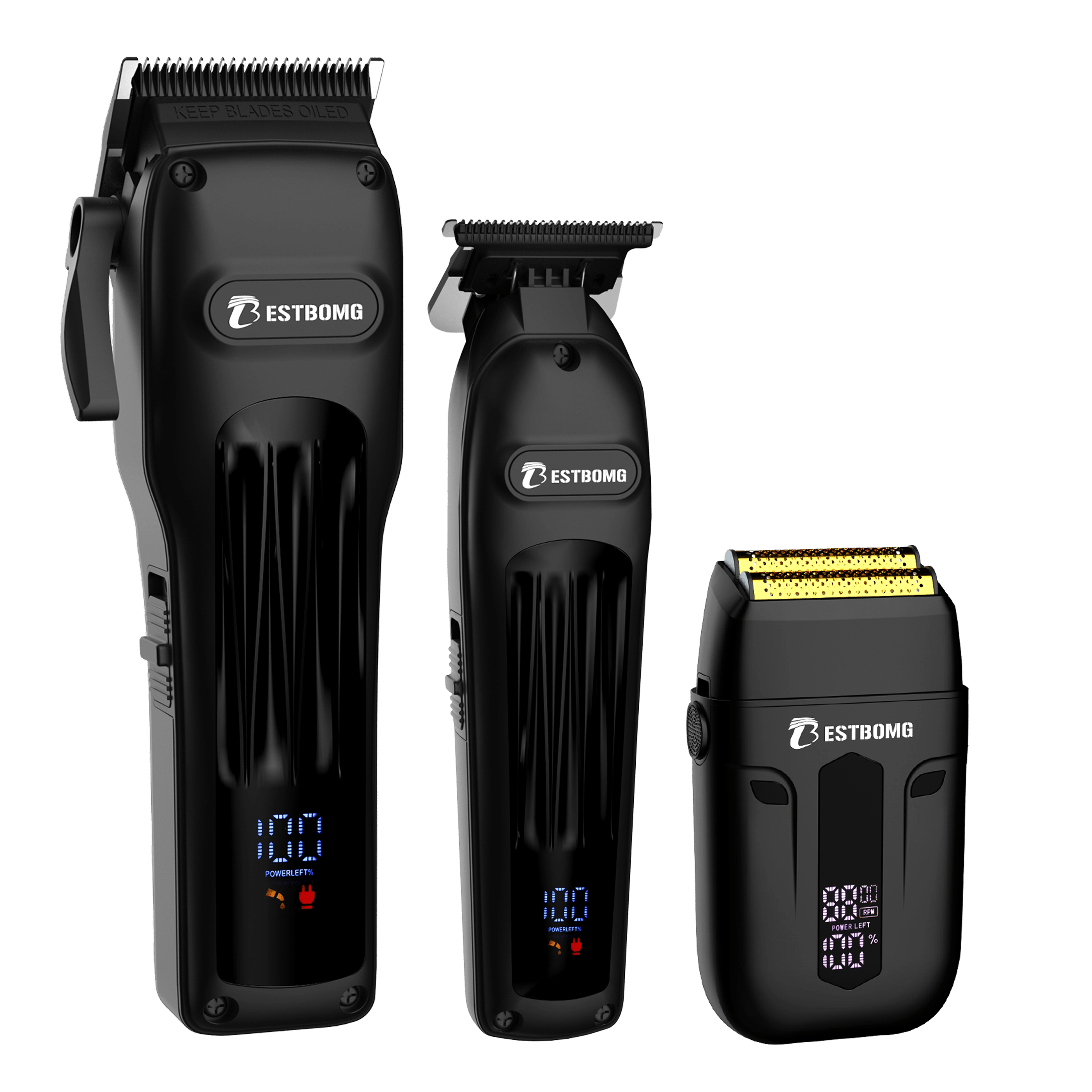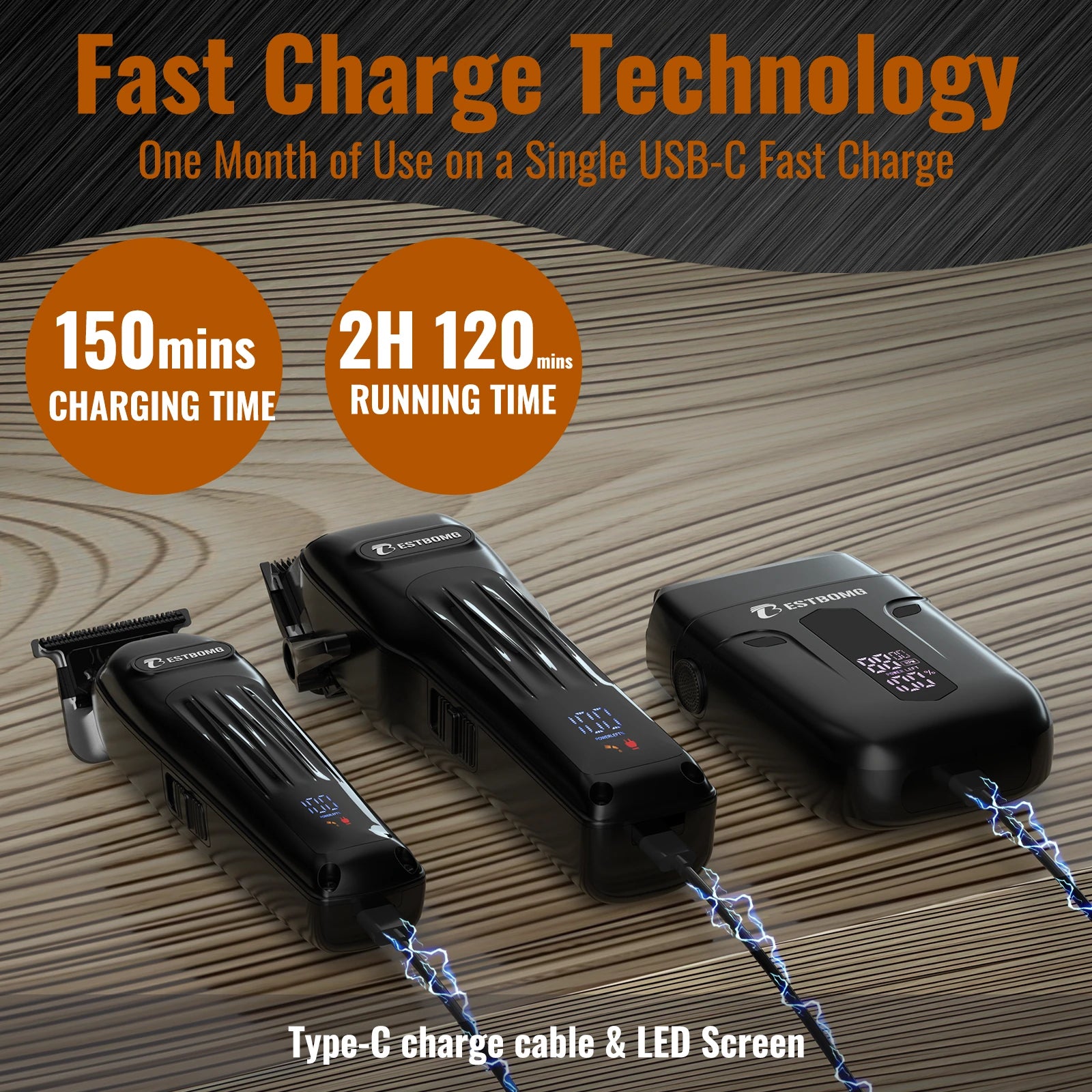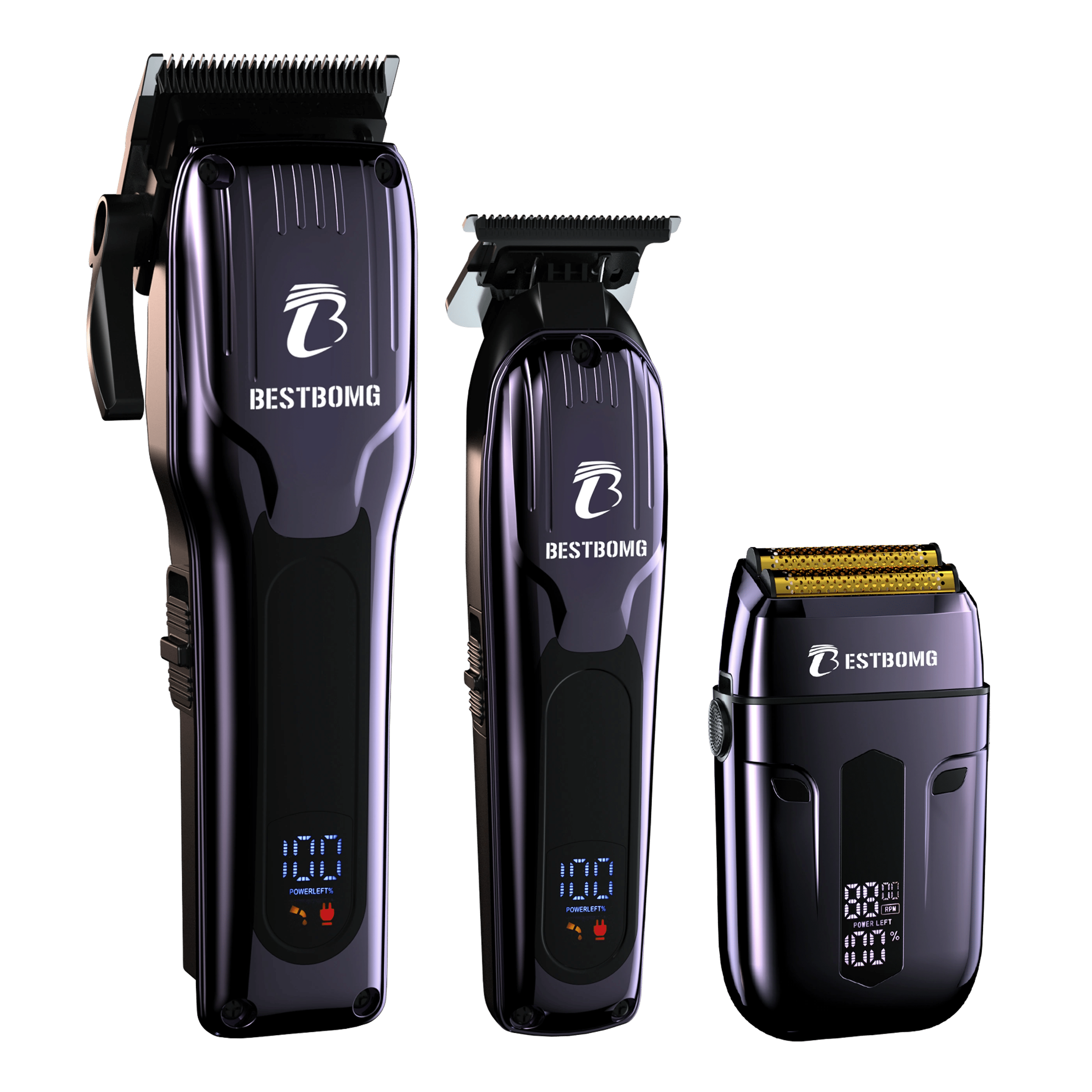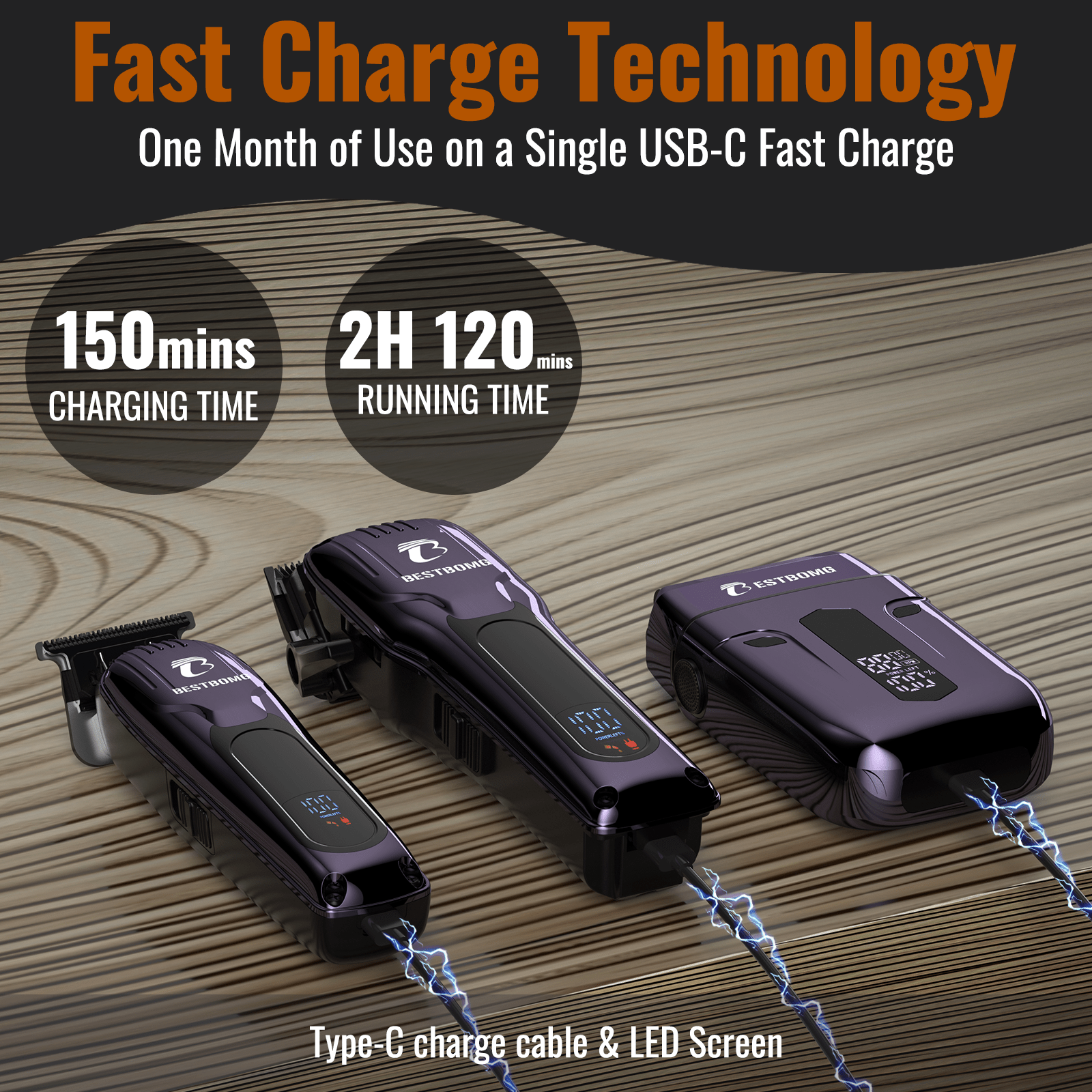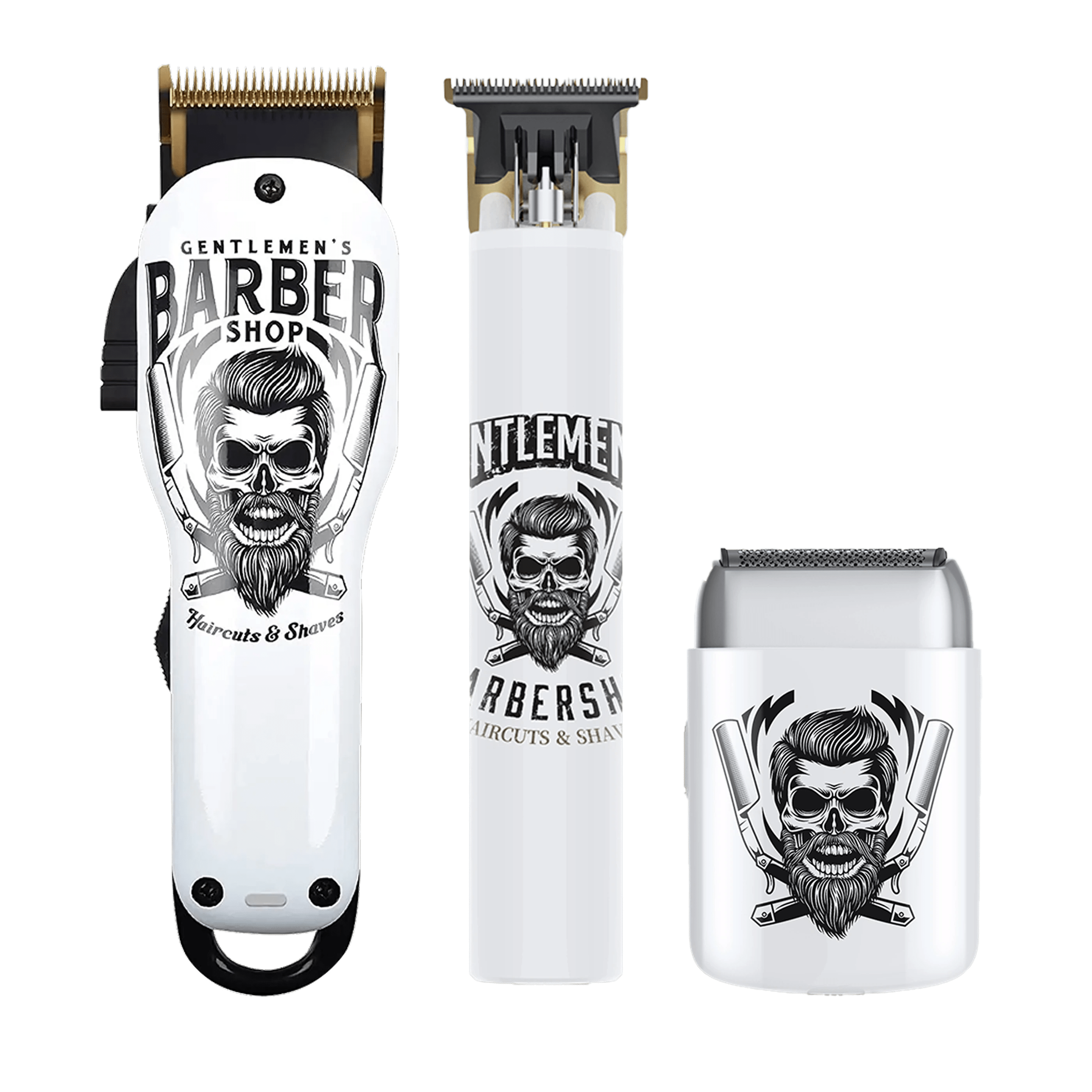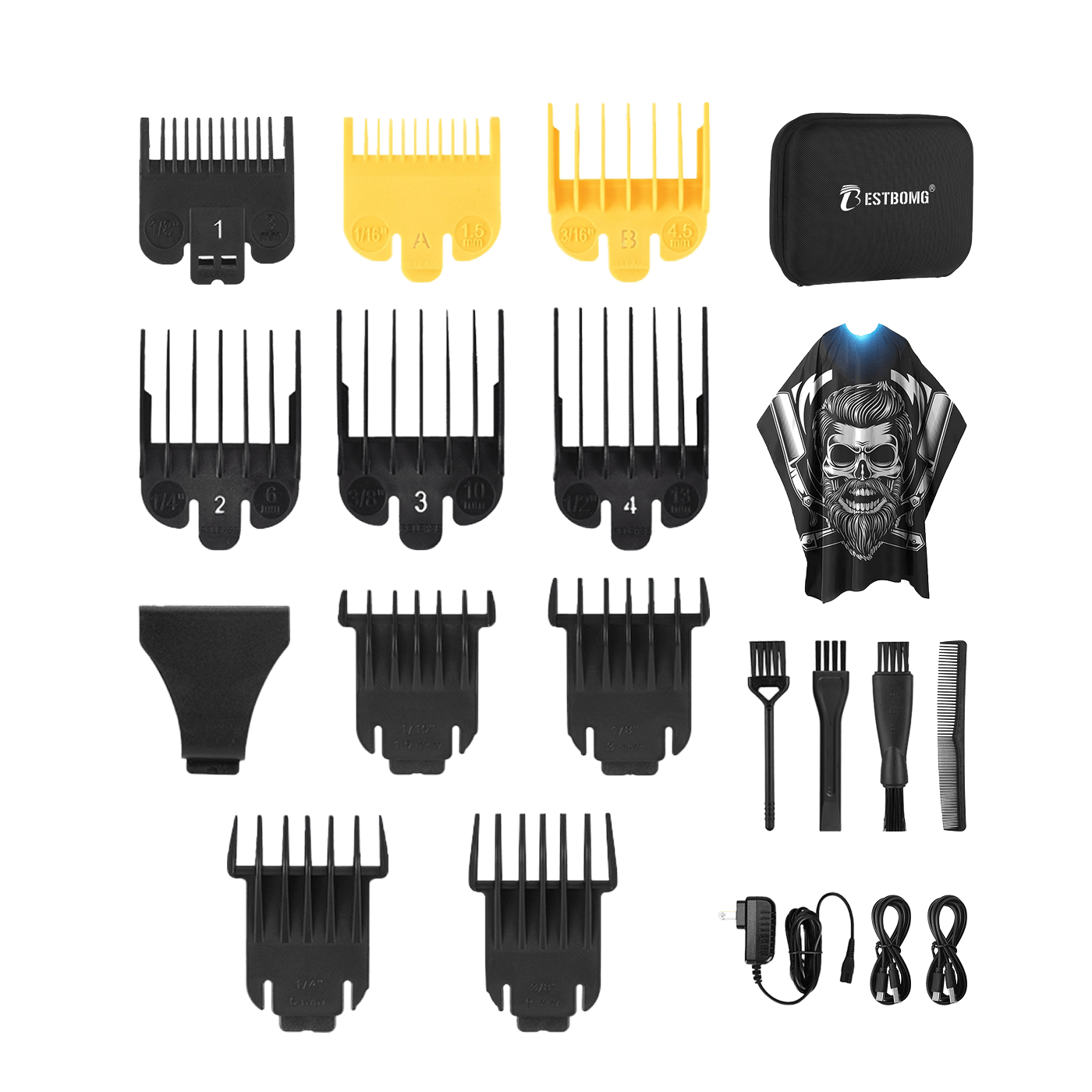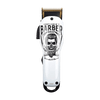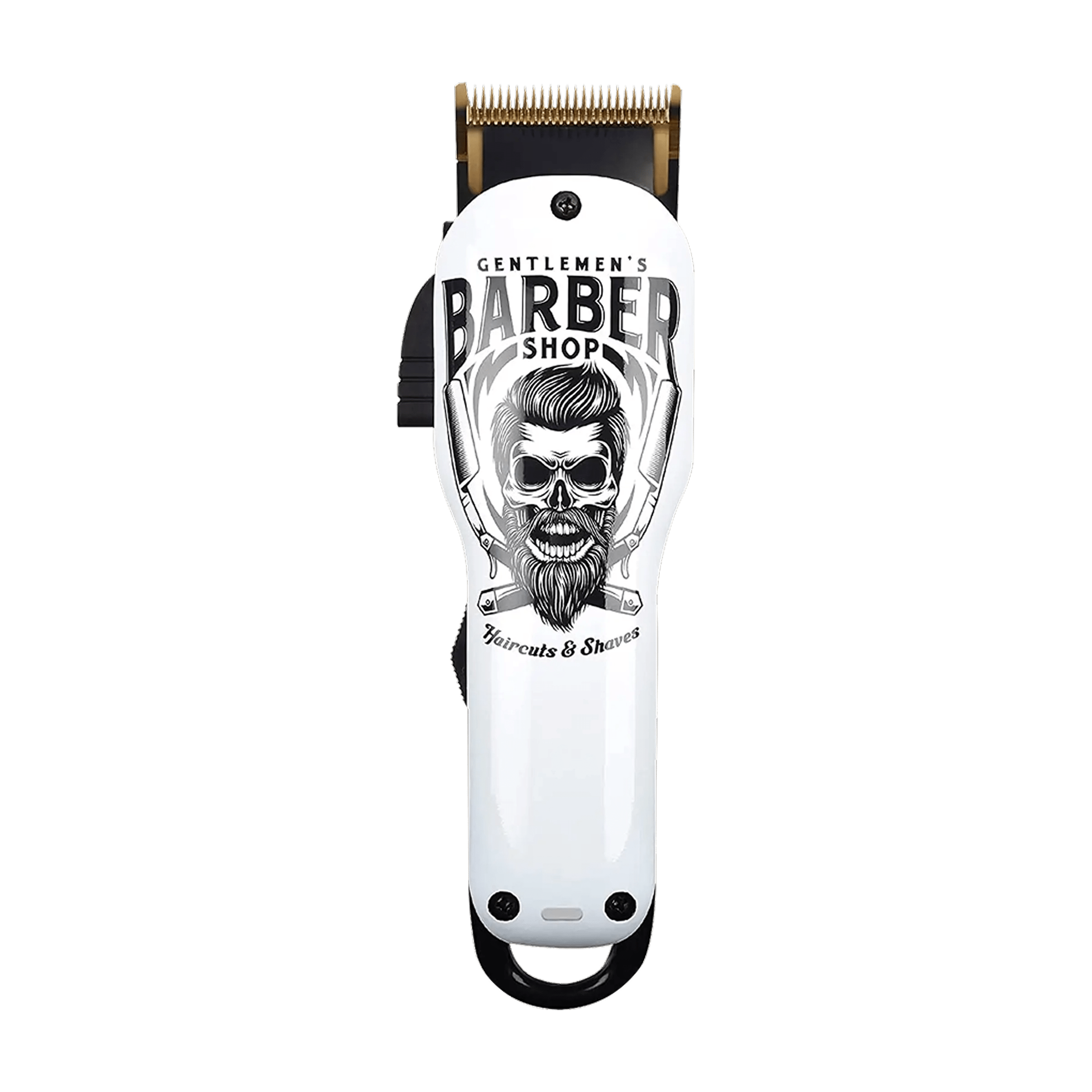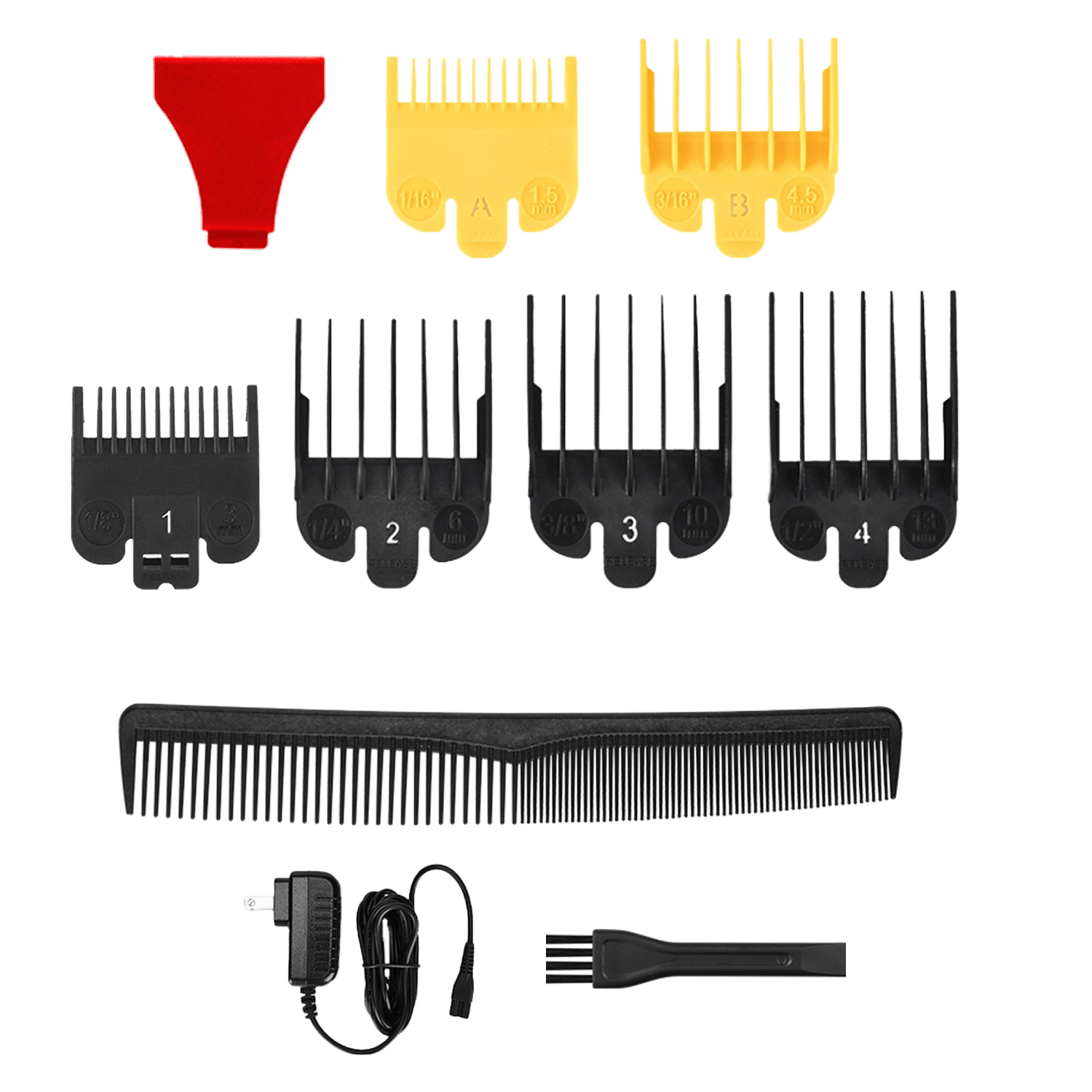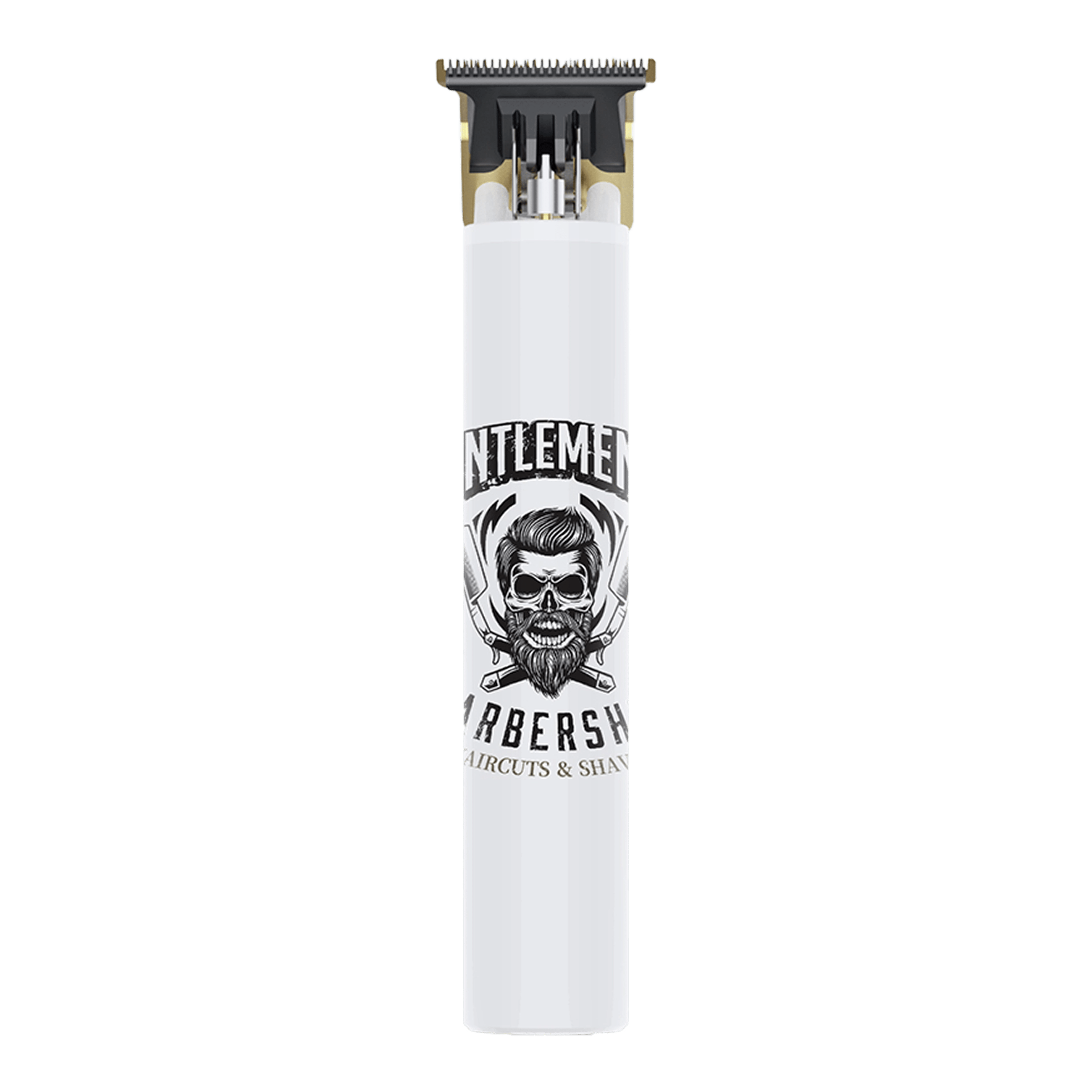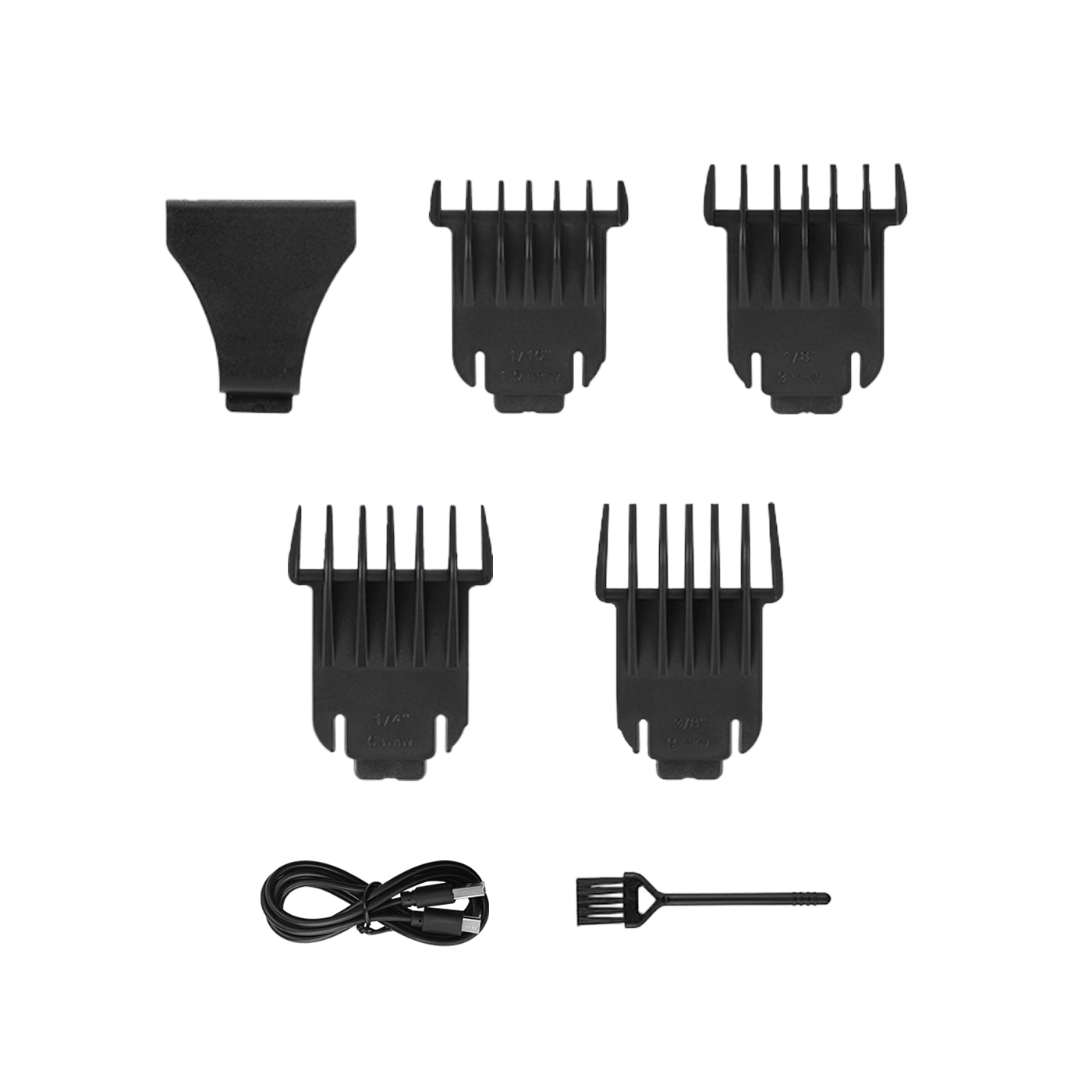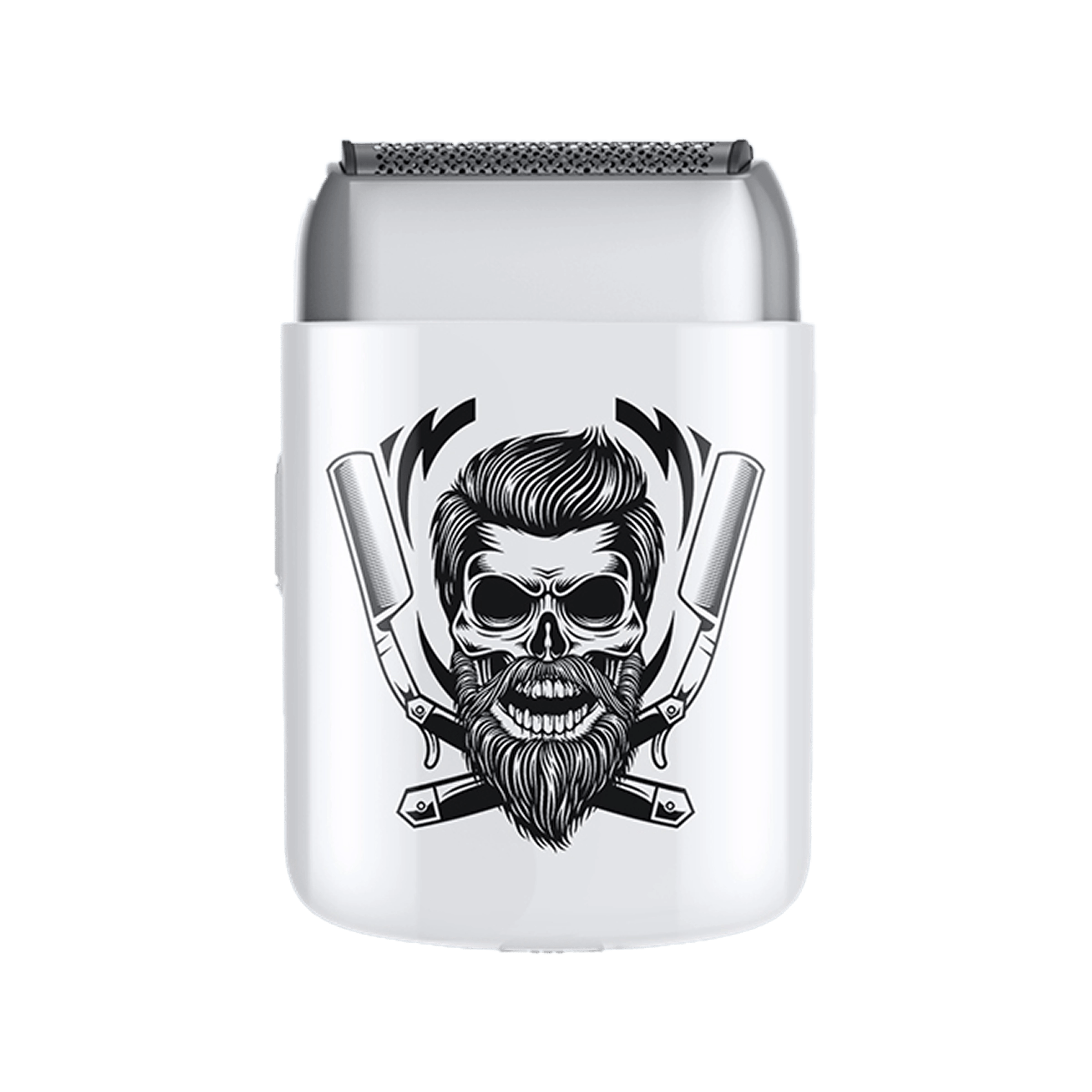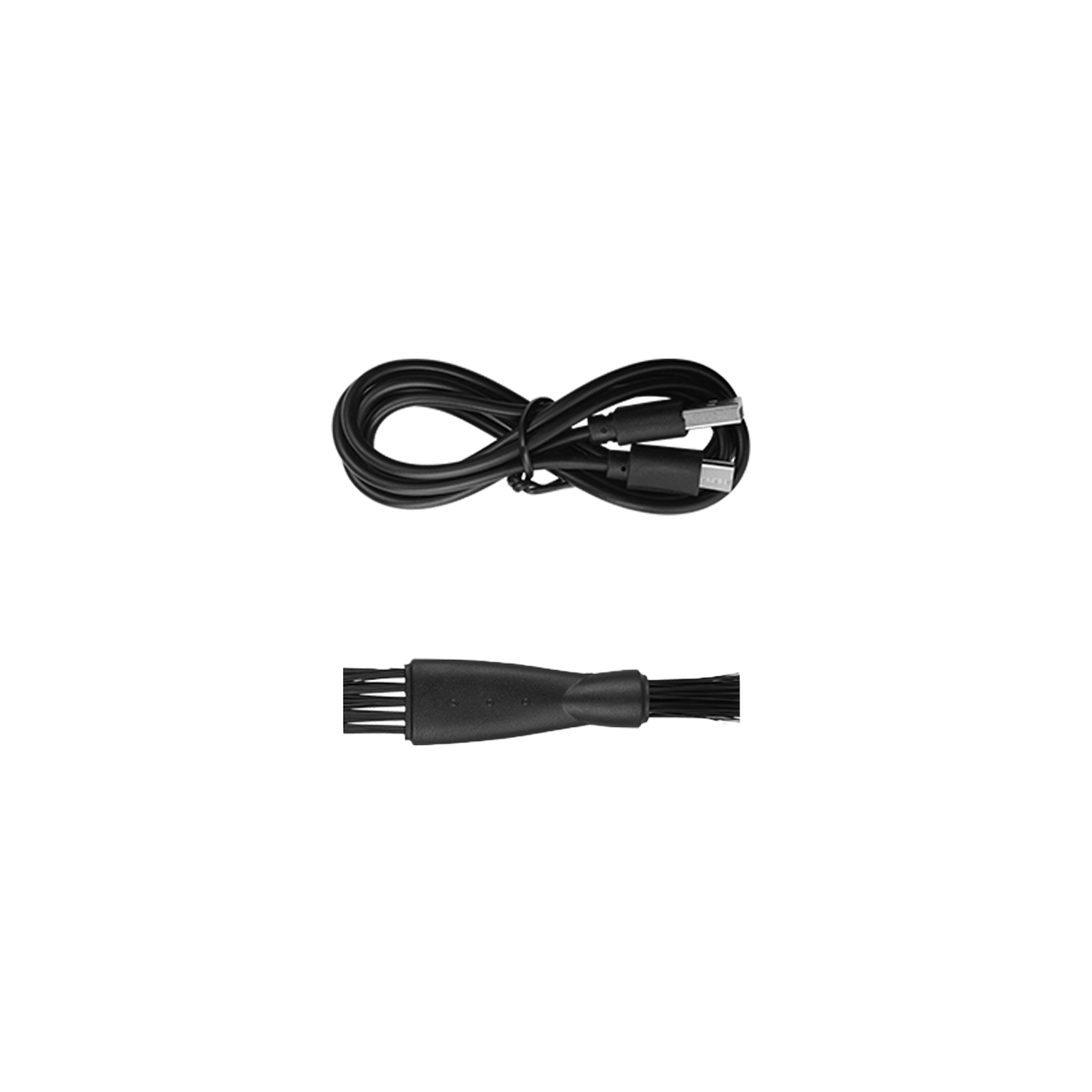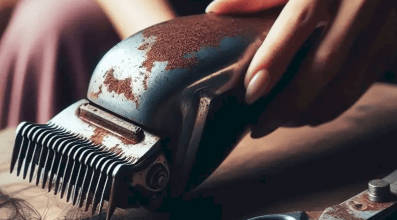Rusty hair clippers are dangerous and can cause serious health problems. When rust builds up on clipper blades, it creates rough edges that cut skin easily. These cuts expose you to bacterial infections like tetanus, skin rashes, and painful wounds. Rust also means the blades haven't been cleaned properly—making infection risk even higher. Here's what you need to know to stay safe.
Why Rust Forms on Clipper Blades
Most clipper blades use stainless steel, which resists rust naturally. But when moisture touches the metal repeatedly without proper drying, rust starts forming.
Common causes include:
- Cleaning with water and not drying completely
- Storing in humid bathrooms
- Skipping oil after cleaning
- Leaving hair and skin oils on blades
Once rust starts, it spreads fast. The rough, flaky surface traps bacteria and makes cuts more likely during use.
Serious Health Risks from Rusty Clippers

Tetanus Infection
Tetanus is the biggest danger. This bacterial infection comes from Clostridium tetani, found in dirt, dust, and rust. When rusty blades cut your skin, bacteria enters your bloodstream.
Early symptoms include:
- Jaw stiffness (lockjaw)
- Muscle pain and spasms
- Trouble swallowing
- Stiff neck and back
Without treatment, tetanus causes severe muscle spasms and breathing problems. It can be fatal. According to tetanus prevention guidelines, any puncture wound from rusty metal requires immediate medical attention.
Skin Infections and Cuts
Rusty blades create jagged cuts instead of clean lines. These rough wounds:
- Bleed more than normal cuts
- Take longer to heal
- Trap rust particles in the skin
- Allow bacteria to enter easily
Even small nicks from rusty clippers can develop into painful infections requiring antibiotics.
Burns and Skin Irritation
Rust increases friction between the blade and your skin. This causes:
- Heat buildup during cutting
- Red, irritated skin (clipper burn)
- Painful rashes that last days
- Open wounds vulnerable to infection
The more passes needed to cut through hair, the worse the burning gets. Rusty blades pull and tug instead of cutting cleanly.
Who's Most at Risk
Professional Barbers
Barbers using rusty clippers risk spreading infections between clients. One contaminated blade can affect dozens of people daily.
Home Users
DIY haircuts with rusty clippers expose your whole family. Kids with sensitive skin are especially vulnerable to cuts and infections.
People with Weak Immune Systems
Anyone with diabetes, HIV, or other conditions that weaken immunity faces higher infection risk from rusty clipper cuts.
If you maintain hair clippers properly, these risks disappear completely.
How to Spot Dangerous Rust

Check your clippers for these warning signs:
- Orange or brown spots on blades
- Rough texture when you touch the metal
- Blades that snag or pull hair
- Visible flaking or pitting on cutting edges
- Blades that won't move smoothly
Any rust means stop using them immediately. Clean thoroughly or replace the blades before the next cut.
Safe Cleaning to Prevent Rust
After Every Use:
- Brush off all hair with the cleaning brush
- Wipe blades with 70% rubbing alcohol
- Dry completely with a clean cloth
- Apply 2-3 drops of clipper oil
- Run motor briefly to spread oil
Weekly Deep Clean:
- Remove blade assembly
- Soak blades in rubbing alcohol for 5 minutes
- Scrub with old toothbrush to remove buildup
- Dry thoroughly
- Apply oil before reassembling
Never use plain water alone—it causes rust. Always follow liquid cleaning with complete drying and oiling.
For detailed instructions, see professional cleaning techniques that prevent contamination.
Removing Light Rust Safely
Caught rust early? Try this:
- Mix equal parts white vinegar and water
- Dip cotton swab in solution
- Apply directly to rust spots
- Let sit 5 minutes
- Scrub with toothbrush
- Rinse with rubbing alcohol
- Dry completely
- Oil heavily to protect metal
For heavy rust that won't come off, replace the blades. Don't risk using deeply corroded metal on skin.
When to Replace Rusty Blades
Replace blades immediately if you see:
- Rust that won't brush off
- Deep pits or holes in the metal
- Blades that feel rough even after cleaning
- Dark stains that spread after cleaning
- Any blade that's cut someone and drawn blood
Replacement blade sets cost $20-50—much cheaper than treating an infection. Quality cordless clipper sets come with spare blades for easy swapping.
Storage Tips to Stop Rust
Best practices:
- Store in bedroom closet, not bathroom
- Keep in protective case or pouch
- Ensure blades are bone-dry before storing
- Apply light oil coat for long-term storage
- Use silica gel packets in storage case
Bathroom humidity causes rust even when clippers sit unused. A dry storage spot prevents 90% of rust problems.
Clippers vs Trimmers: Rust Differences

Hair Clippers:
- Larger blades rust faster when wet
- Usually not waterproof
- Need oil after every 2-3 uses
- Require more careful drying
Beard Trimmers:
- Smaller blades, less surface area for rust
- Often water-resistant
- Still need oiling to prevent rust
- Can usually rinse under water safely
Both need proper maintenance. Check if your beard trimmer is water-resistant before rinsing.
Professional vs Home Use
Barbershops:
Professional barbers must disinfect between every client. Rusty clippers in shops violate health codes and can spread infections to hundreds of people.
Most states require barbers to use hospital-grade disinfectants and maintain rust-free equipment.
Home Grooming:
Home users often skip maintenance until problems appear. By then, rust has already formed and blades are unsafe.
Set a simple schedule: brush after use, deep clean weekly, check for rust monthly.
Frequently Asked Questions
Can rusty hair clippers give you tetanus?
Yes. Tetanus bacteria live in rust and enter through cuts. If rusty blades break your skin, you risk infection. Symptoms include jaw stiffness, muscle spasms, and breathing trouble. Get medical help immediately for cuts from rusty clippers, especially if your tetanus shot isn't current.
What happens if you use rusty clippers on your hair?
Rusty clippers cause painful cuts, skin burns, and infections. The rough rust creates friction that irritates skin and pulls hair instead of cutting cleanly. Even without visible cuts, rust particles can enter tiny skin breaks and cause bacterial infections or rashes.
How do you know if your clippers are too rusty to use?
Check for orange or brown spots, rough texture, or flaking metal on blades. If rust won't brush off easily, blades snag hair, or you see deep pits in the metal, stop using them. Any visible rust means bacteria risk—clean thoroughly or replace blades immediately.
Can you get an infection from rusty clipper blades?
Yes, easily. Rusty blades harbor bacteria that enter through cuts. Common infections include staph, strep, and fungal infections. These cause redness, swelling, pus, and pain. Severe cases need antibiotics. People with weak immune systems face higher infection risk.
How do you clean rust off hair clipper blades?
Mix equal parts white vinegar and water. Apply to rust with a cotton swab, wait 5 minutes, then scrub with an old toothbrush. Rinse with rubbing alcohol, dry completely, and oil heavily. For heavy rust, replace blades—don't risk using deeply corroded metal on skin.
Are stainless steel clipper blades rust-proof?
No blade is completely rust-proof. Stainless steel resists rust better than regular steel, but it still corrodes with poor care. Moisture exposure without proper drying and oiling causes rust on any metal blade. Regular maintenance keeps stainless steel blades rust-free for years.
Keep Your Clippers Safe and Rust-Free
Rusty clippers are dangerous—they cause cuts, infections, and tetanus risk. But prevention is simple: clean after every use, dry completely, and apply oil regularly. Check blades monthly for early rust signs.
Quality tools from Bestbomg last years when maintained properly. Never risk your health with rusty blades—clean equipment means safe, comfortable haircuts every time.
Read more
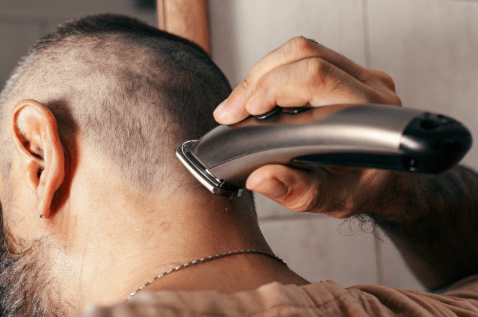
Can You Use Hair Clippers on a Beard? What You Need to Know
Yes, you can use hair clippers on a beard, but they're less precise than dedicated beard trimmers. Hair clippers work great for removing bulk from long or thick beards thanks to their powerful moto...
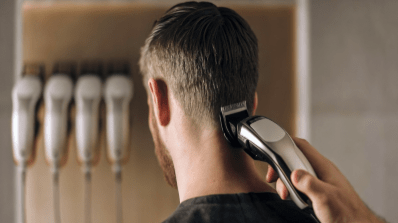
How to Taper Hair with Clippers: Step-by-Step Guide for Beginners
Learning how to taper hair with clippers takes practice, but anyone can master the basics with the right technique. A taper gradually shortens hair from longer on top to shorter near the neck and e...
